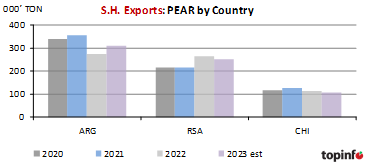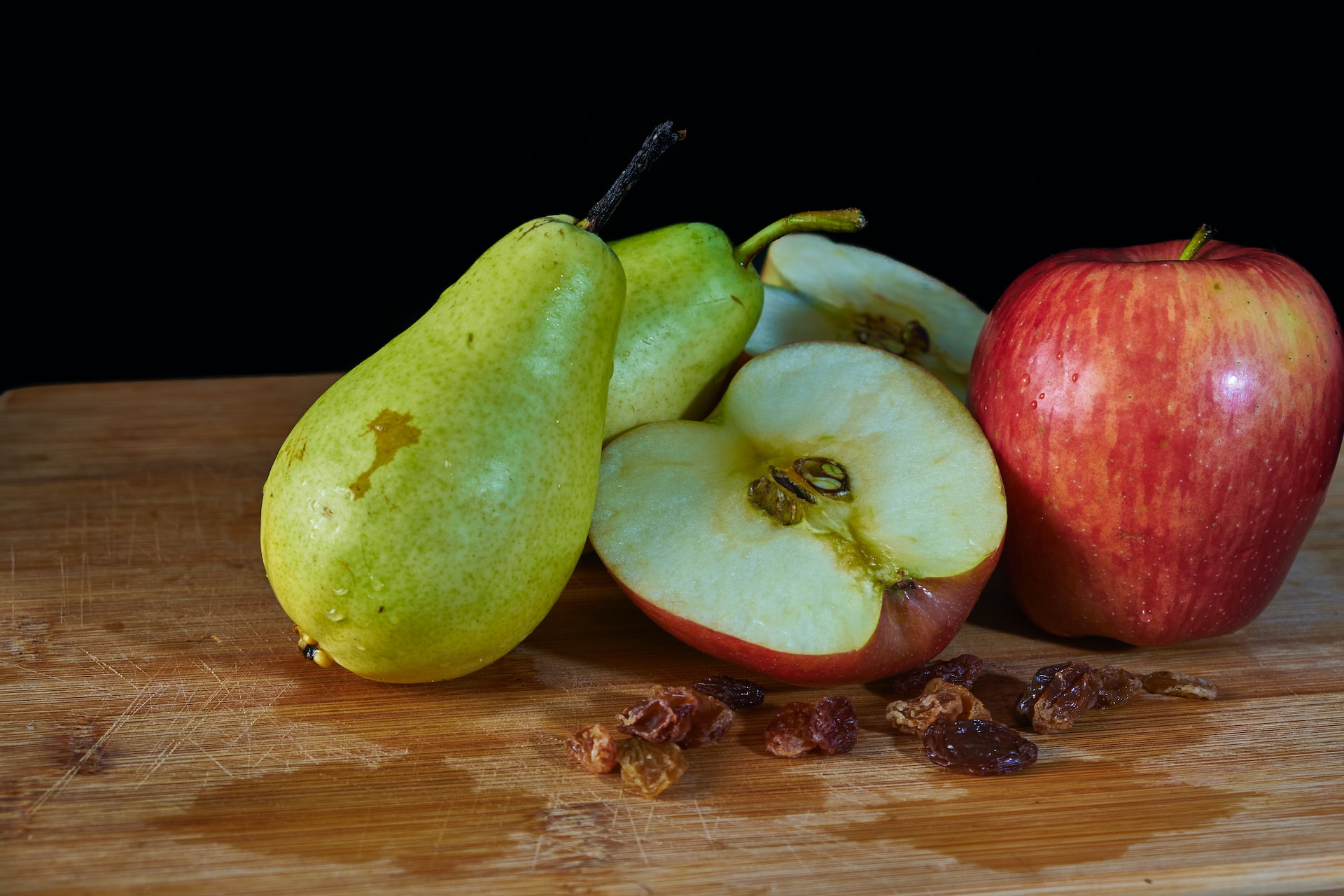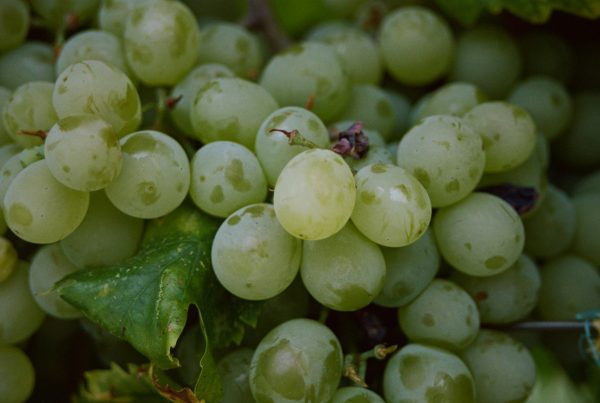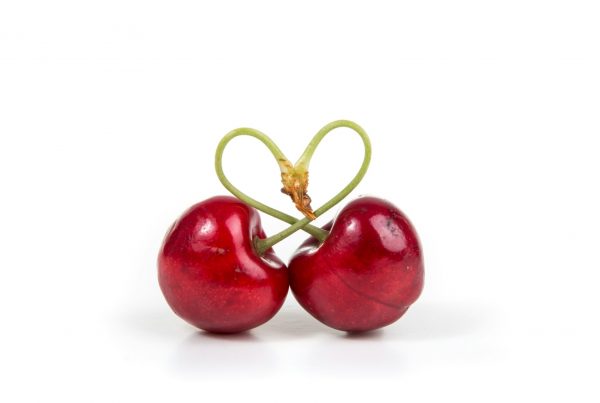Newsletter 154 – 08.17.2023
The temperate countries of the Southern Hemisphere began their fruit trade with apples. Then pears, grapes, citrus and fine fruits were added. Until today, the apple is among the main fruits exported by New Zealand, Chile, South Africa and Argentina. But it was the sector that had to adapt the most to the changes that occurred in the world. A strong turnaround had to be made to new markets, other varieties and technological improvements. Climate change has added to this challenge in recent years. Especially in the last season, practically all the countries suffered under extreme climatic events that reduced their production.
Apples
The fruit of paradise this time did not experience any paradise, having been greatly affected by climatic adversities. In New Zealand, cyclone Gabrielle devastated the production, with farms experiencing 100% losses, damaged trees compromising the next seasons, and fruit that could no longer grow fresh. This was strongly felt in export. It is estimated that the season will end with an export of 270,000 tons, which is 20% less than in 2022 and 30% less than in previous years. Also in the case of Chile, it is estimated that the year will end with an export of 550,000 tons, the lowest in the last decade. It is 10% less than in 2022 and 30% less than in the record year 2018. The retraction is due to climatic problems (dry conditions, heat waves) and uprooting of old plantations. Argentina will also export less than in previous years. A smaller harvest, an attractive internal market and complications in external markets, lead to the constant withdrawal of Argentina from the world market. A similar situation is being experienced in Brazil. Exports this year are close to those of 2023 and far from the records of the past. The attractive local market absorbs most of what is produced. The only country that continued to grow and from which it is estimated that it will export more in 2023 than in 2022, is South Africa. The season is expected to end with a total of 580,000 tons shipped. Thanks to this progress, it is about to become the first exporter in the southern hemisphere, displacing the traditional Chile.
The trend towards other destinations than the traditional ones was further accentuated. Again the most important market is Asia. A third of southern exports end up in the Far East or in Southeast and Central Asia. New Zealand, South Africa and Chile send their apples to the Asian giants. It is followed in importance by Latin America, which is the great destination for Chilean apples. A quarter of southern exports are sent to Central and South America. Within this region, Brazil, Colombia, Ecuador and Mexico stand out. Only in third place is the old continent, receiving 20% of shipments from the southern hemisphere. Own production and that imported by Eastern European countries have displaced southern apples. First it was the traditional varieties, but now it is the Gala and Braeburn, which are less consumed. The only variety that maintains greater participation is the Pink Lady. In fourth place are the African countries, which are becoming increasingly important for South Africa. Finally, there is North America, which receives only 6% of southern shipments.

Pear
Although climate change also made itself felt in this case, the damage was minor. South Africa suffered from the rains and extreme temperatures, which is why the campaign is expected to end with exports slightly below the previous year's record. In Chile, the lack of water, heat waves and the reduction of surface area led to the end of the year with an export that is only slightly above 100,000 tons. This would be the lowest volume in the last 10 years. The drop in South Africa and Chile is offset by a recovery in Argentine shipments. For this year, it is expected to exceed 300,000 tons again and return to export levels from 2015 to 2021. The recovery was achieved due to higher shipments to Latin America, especially Brazil. But something else was also shipped to North America and Russia, while Europe, as the destination for Argentine pears, continues to shrink.
Unlike the in the case of apples, pears failed to win over the Asian consumers. Only 15% of the total sent by the Southern Hemisphere arrives there. The main destination is Latin America, buying a third of the southern pears. Especially for Argentina, it is becoming increasingly important. The old continent acquires 20% of shipments. For South Africa it continues to be the first destination, since it receives approximately half of its exports, but for Argentina it ceased to be. Secondary destinations, receiving between 10-15% of shipments, are Russia, North America and Asia. Additionally, the African neighbors do not buy significant volumes of South African pears.








